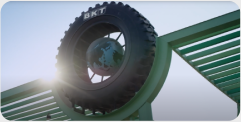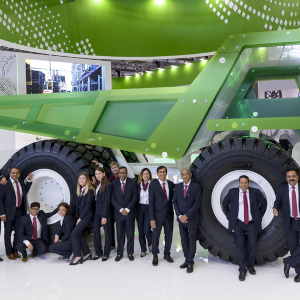Today we are going to get into the specifics of precision farming: have you ever heard of drones and their farming applications?
We’ve already talked about precision farming and how new technologies are revolutionizing the world of agriculture. Today, we are going to get into the specifics: we are going to talk about drones and their farming applications.
What is a drone?
You’ve probably already heard about it, but for those of you who might be unfamiliar with such hi-tech inventions, a drone is a small remote-controlled flying object, initially utilized for military purposes.
As we plow into the 21st century, drone technology is becoming ever more common and adapted to serve in a broad range of industries. The drone culture is spreading fast and has become a hobby for some. In fact, model drone enthusiasts build, collect and organize drone test flights.

Monitoring
We know you are thinking….what can a drone do for me and my job? The answer is….a lot!
Farming drones are used primarily to monitor crops and collect important data.
As these tiny little robots fly over your crops at heights ranging from 20 to 150 meters, they record every minute of flight, taking pictures and collecting data including:
- Land yields: while flying over the cultivated land, drones identify areas of higher yields – where crops are doing well, looking lush and healthy - and highlight potential problematic areas of profitability;
- Crop growth: thanks to their highly developed sensors, drones can check foliage density and chlorophyll levels key indicators in determining crop growth and yields. Just by using these data, you should be able to predict well in advance the best time for harvesting;
- Solar radiation: special devices mounted on top of drones assess the sun’s intensity and number of hours of sunlight in a given area - extremely useful information when planting or when deciding which crops to plant;
- Irrigation efficiency: drones are able to identify areas that have too much or too little water;
- Crop damage: drones are able to test for crop infestations, giving you ample time to root out the cause of the problem before it spreads and compromises your entire harvest.
Special drone software processes the data collected and then compiles a detailed report of all the areas that are monitored. Real time images give you a full picture of the situation and allow you to zero in on problematic areas, saving you lots of time and money in the end.
Taking action
The next step means taking action. The most technologically advanced drones are equipped and programmed to spray limited doses of plant protection products or fertilizers over specific areas.
This is what the future of farming looks like: small drones flying in close formation over advanced tractors. What do you think? Do you believe in using these new technologies in your farming business?





